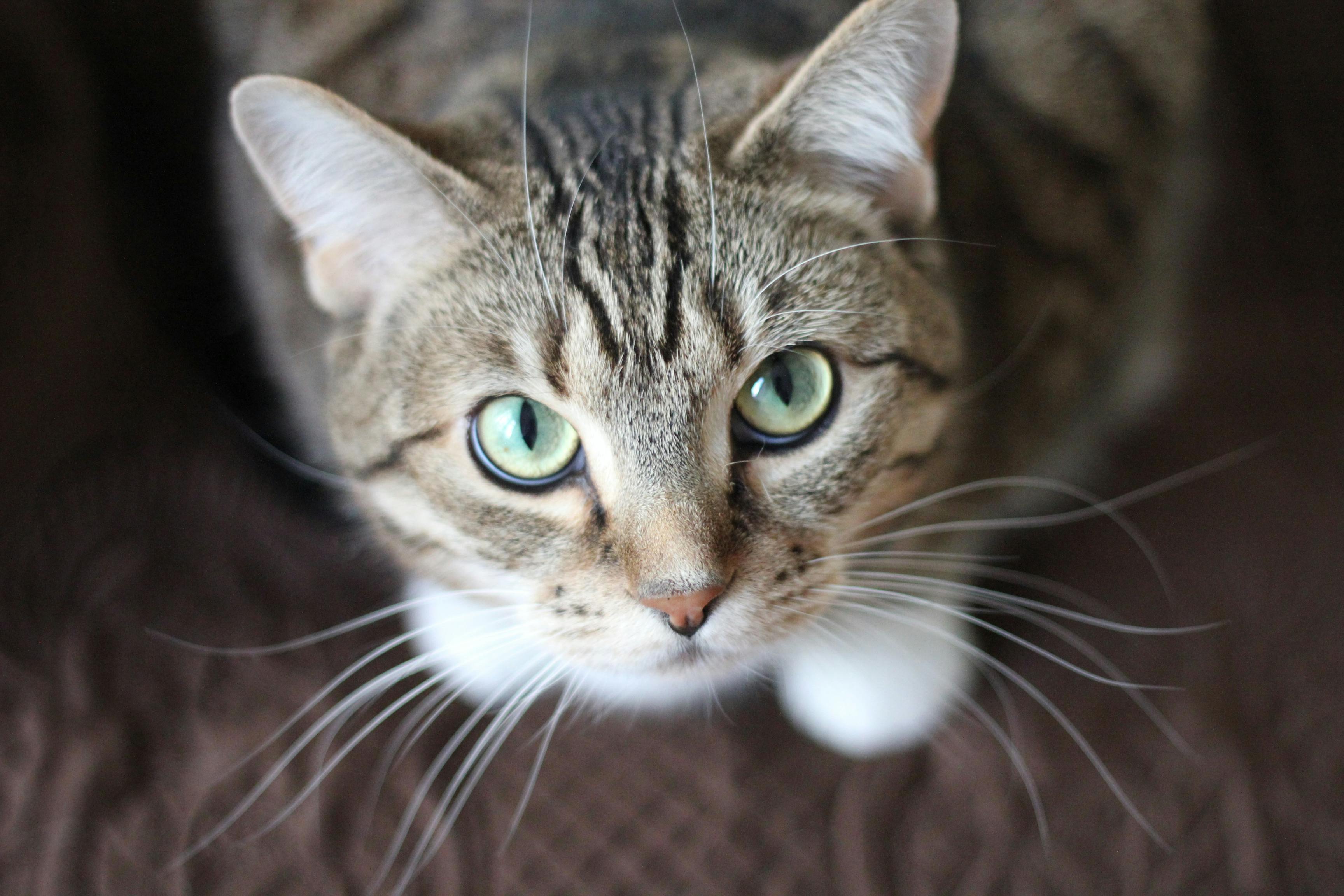Middle-aged and geriatric cats are frequently diagnosed with hyperthyroidism. Pet parents often first notice a change in their cats’ behaviors or significant weight loss, which can be clues that this disease may be present. With early detection, necessary treatment can be implemented to prevent secondary complications.

What is it?
Hyperthyroidism occurs when a cat’s thyroid gland produces too much thyroid hormone (T3 or T4). Usually, a benign enlargement of the thyroid gland, commonly referred to as an adenoma, is the cause. Rarely, a malignant thyroid tumor may be present. It is unknown what causes this enlargement to occur.
Thyroid hormone affects many of the organ systems, especially the heart and kidneys. If too much thyroid hormone is secreted, your cat’s metabolic state kicks into overdrive and can cause systemic damage.
What are the clinical signs?
Weight loss despite a ravenous appetite is often the first sign that pet parents notice. Hyperactivity, increased thirst, increased urination, and an unkempt hair coat are also common. When a cat presents to the veterinary hospital, he or she may have an increased heart rate, increased blood pressure, and a palpable enlargement of the thyroid gland. If the thyroid hormone is increased severely, some cats may also have abnormal heart rhythms.
Hyperthyroidism causes increased perfusion of the kidneys (due to the high blood pressure), so kidney disease can also be masked in untreated hyperthyroid cats.
How is it diagnosed?
If your cat’s veterinarian suspects that hyperthyroidism is present based on a thorough physical exam, he or she can formulate a diagnostic plan. Blood may be collected to check overall health. A urinalysis may also be submitted to check for any concurrent illnesses. An abnormally high T4 level is supportive of hyperthyroidism. In rare instances, some hyperthyroid cats have T4 levels within the normal range.
How is it treated?
There are several treatment options that your pet’s veterinarian may recommend, including a diet change, medications, surgery, or radioactive iodine therapy. Sine iodine is essential in producing thyroid hormones, a low-iodine diet may decrease T4 levels. This is usually reserved for very mild cases of hyperthyroidism or in patients where other treatment options are contraindicated. Most often, cats are started on a medication to prevent the thyroid from producing hormones. Less commonly, surgery to remove the thyroid glands or radioactive iodine treatments to destroy the thyroid gland is used. Your veterinarian can work with you to choose the best course of treatment for your pet.
Are there any complications?
Cats with hyperthyroidism are at risk for heart disease and high blood pressure. If high blood pressure is left untreated, cats can develop retinopathies that may lead to blindness. Treating hyperthyroidism may unmask kidney disease in some patients, which may require additional treatment. With surgery and radioactive iodine therapy, some cats may actually become hypothyroid and require thyroid hormone supplementation. Regular veterinary care, despite the therapy chosen, is needed to ensure cats are well-managed and living happy, healthy lives.